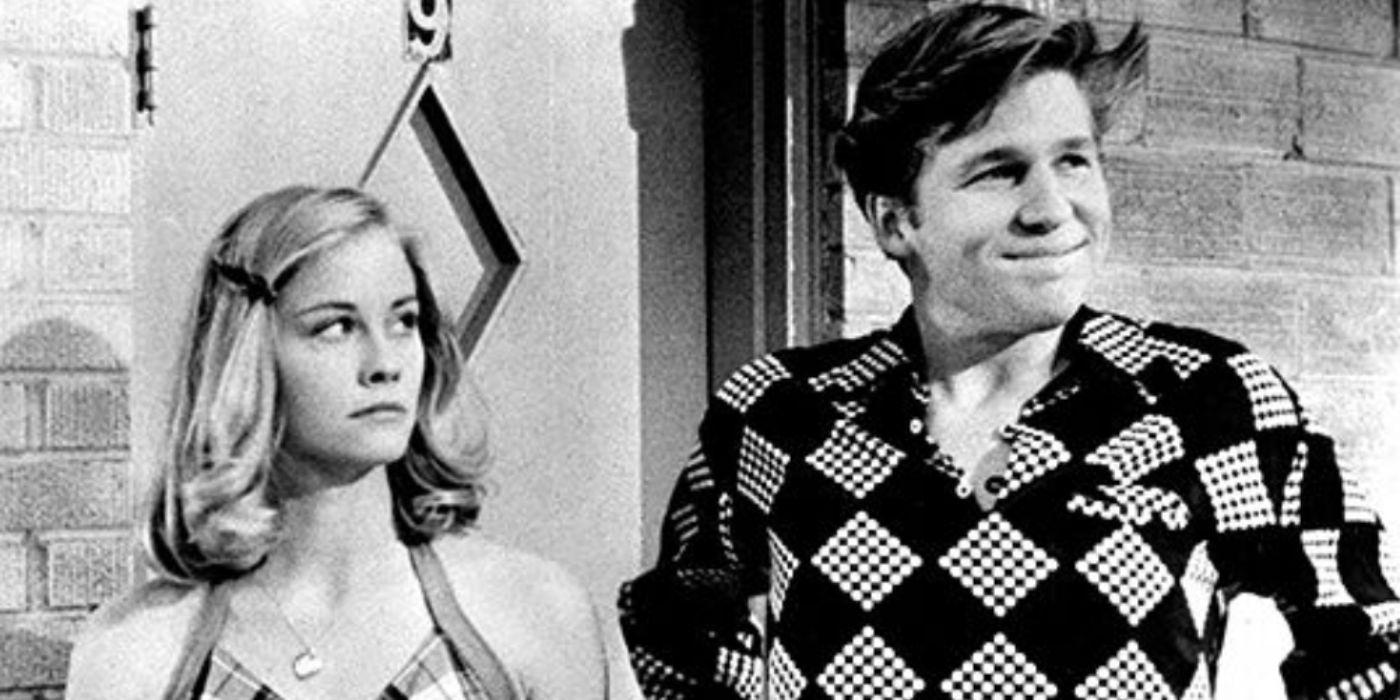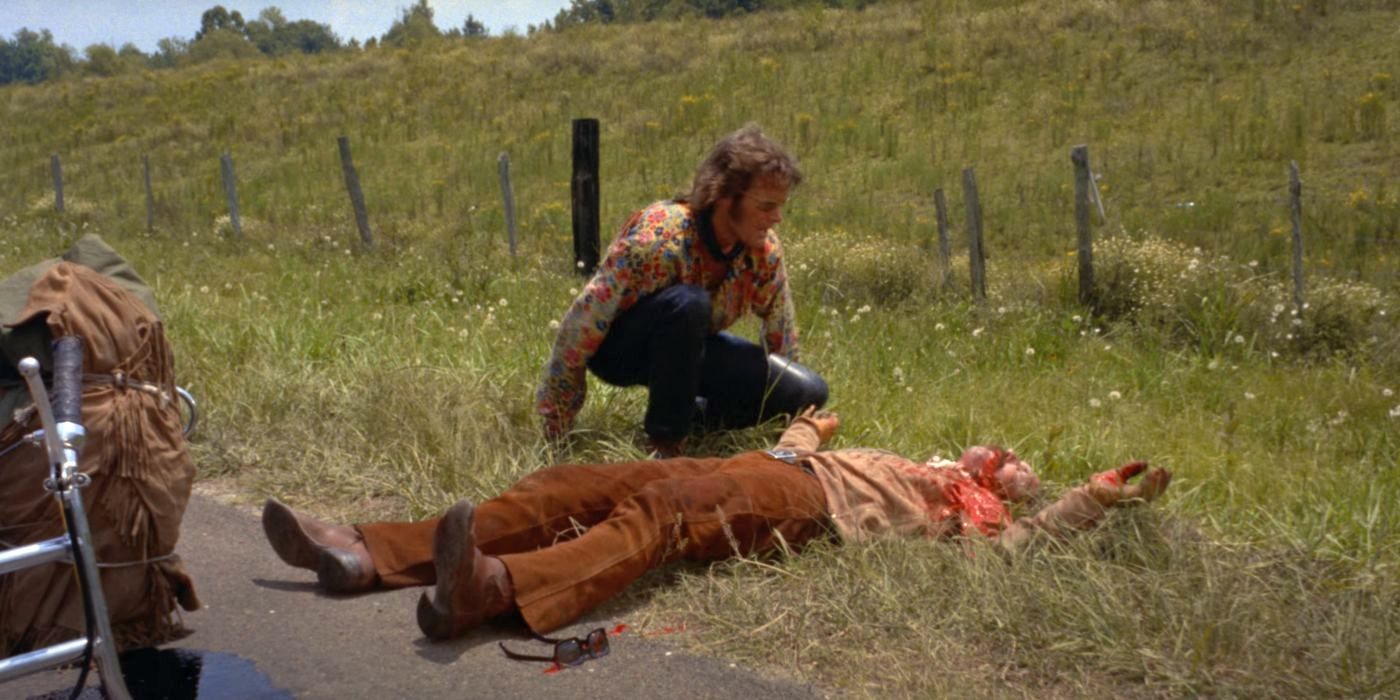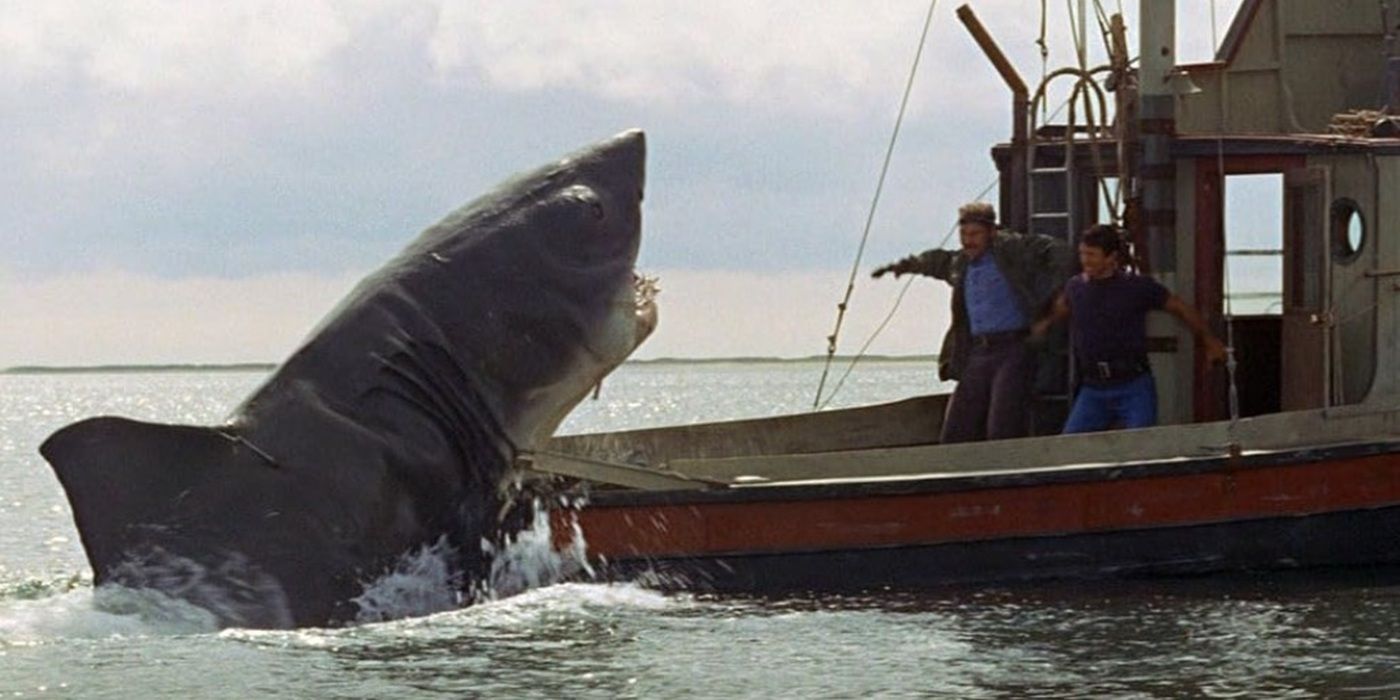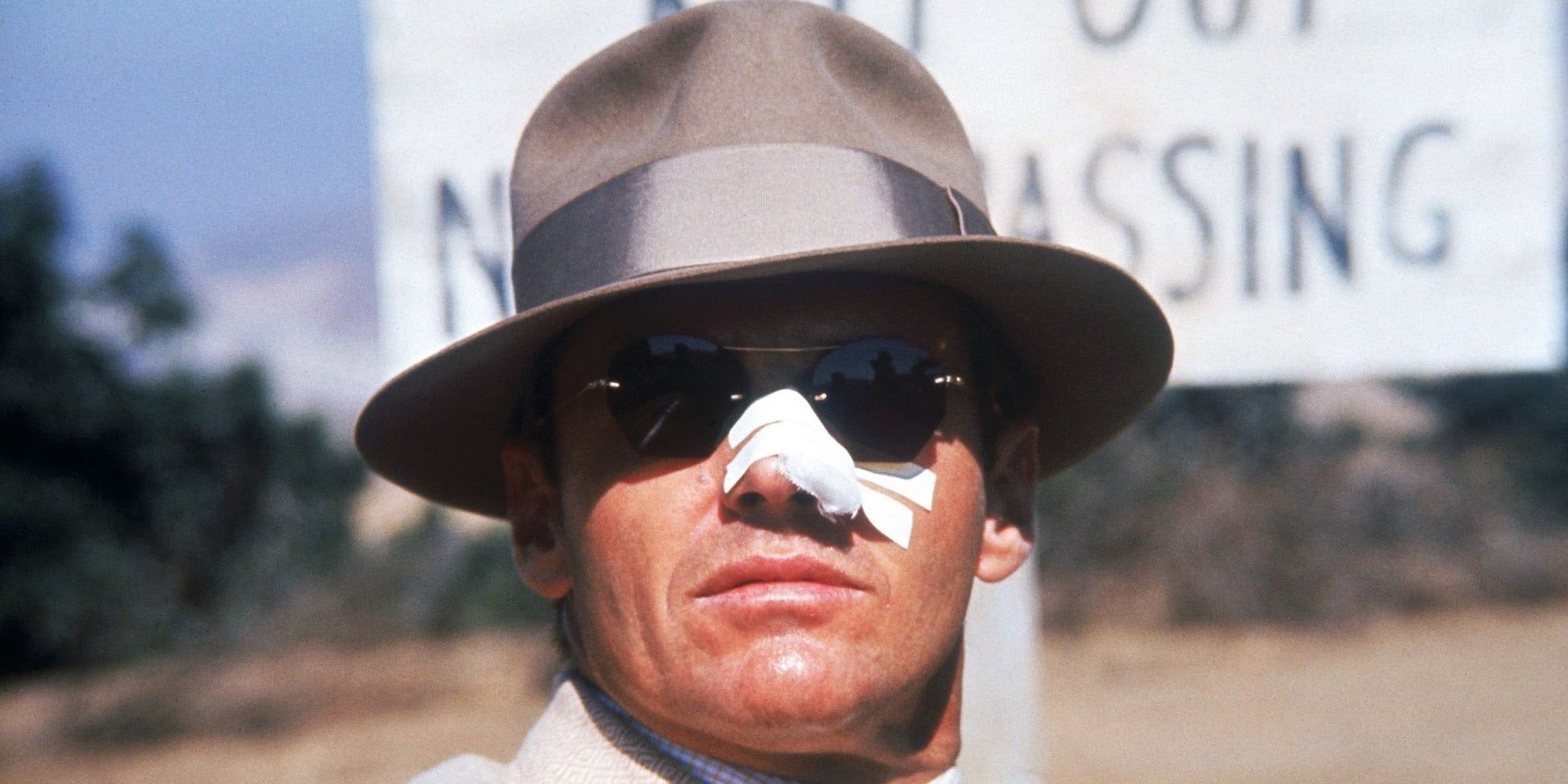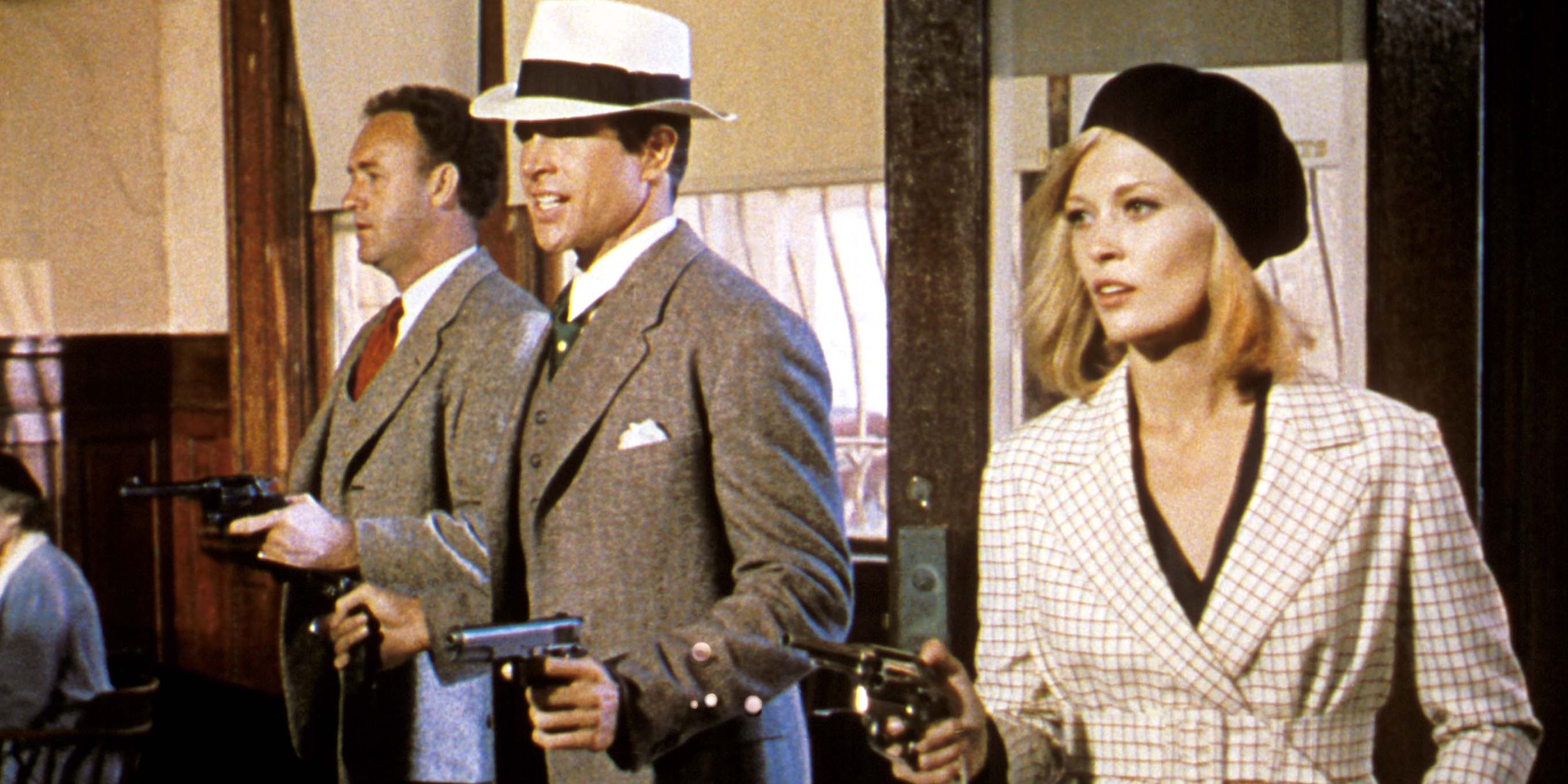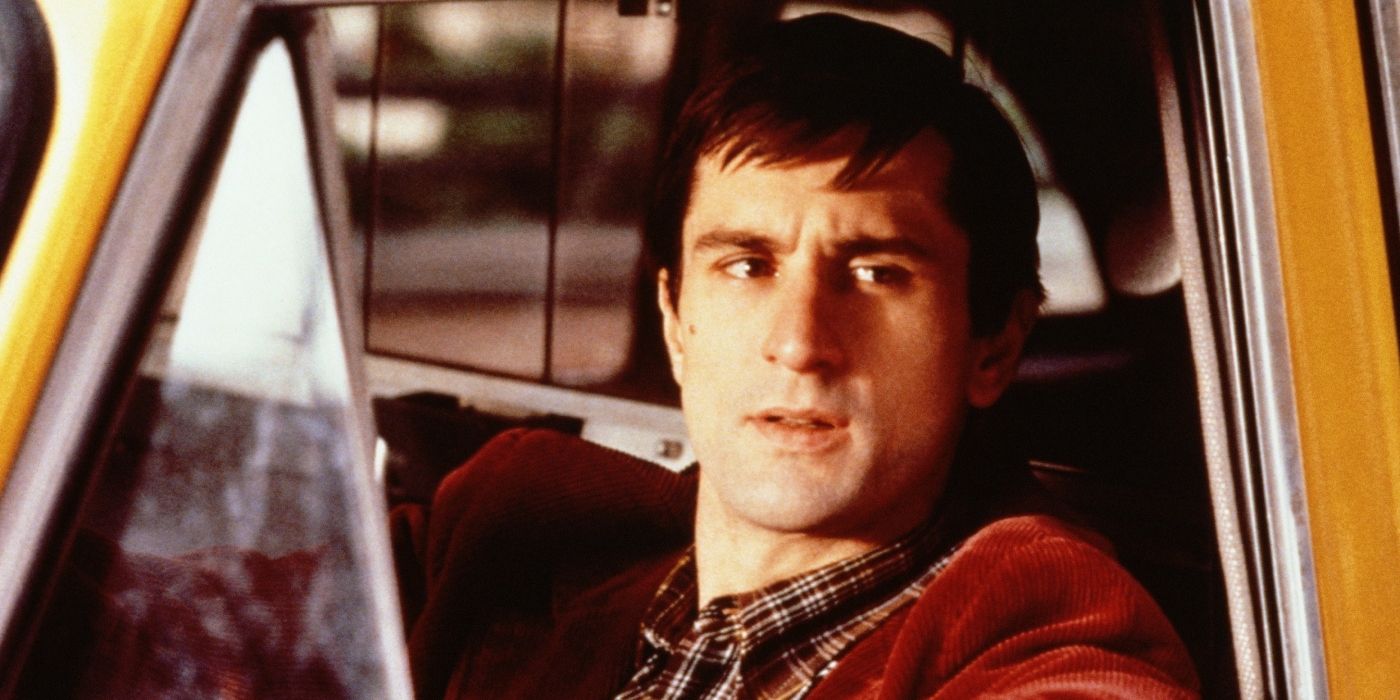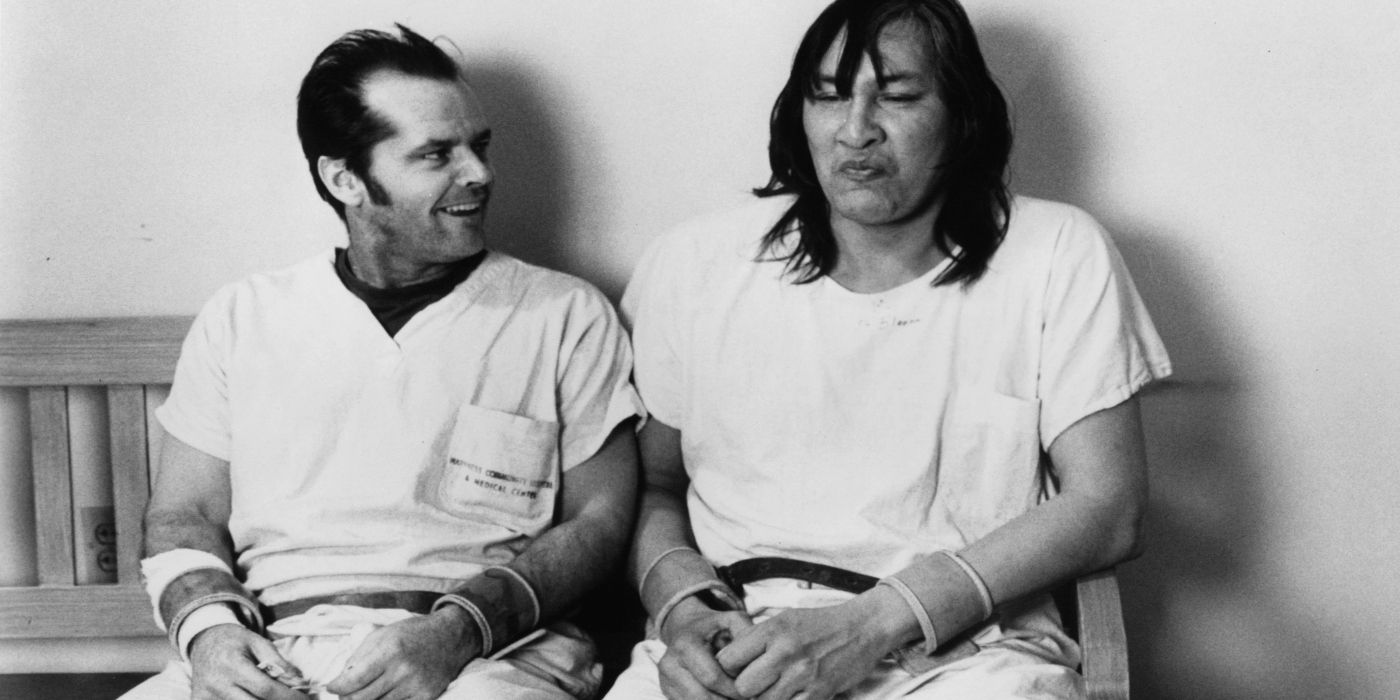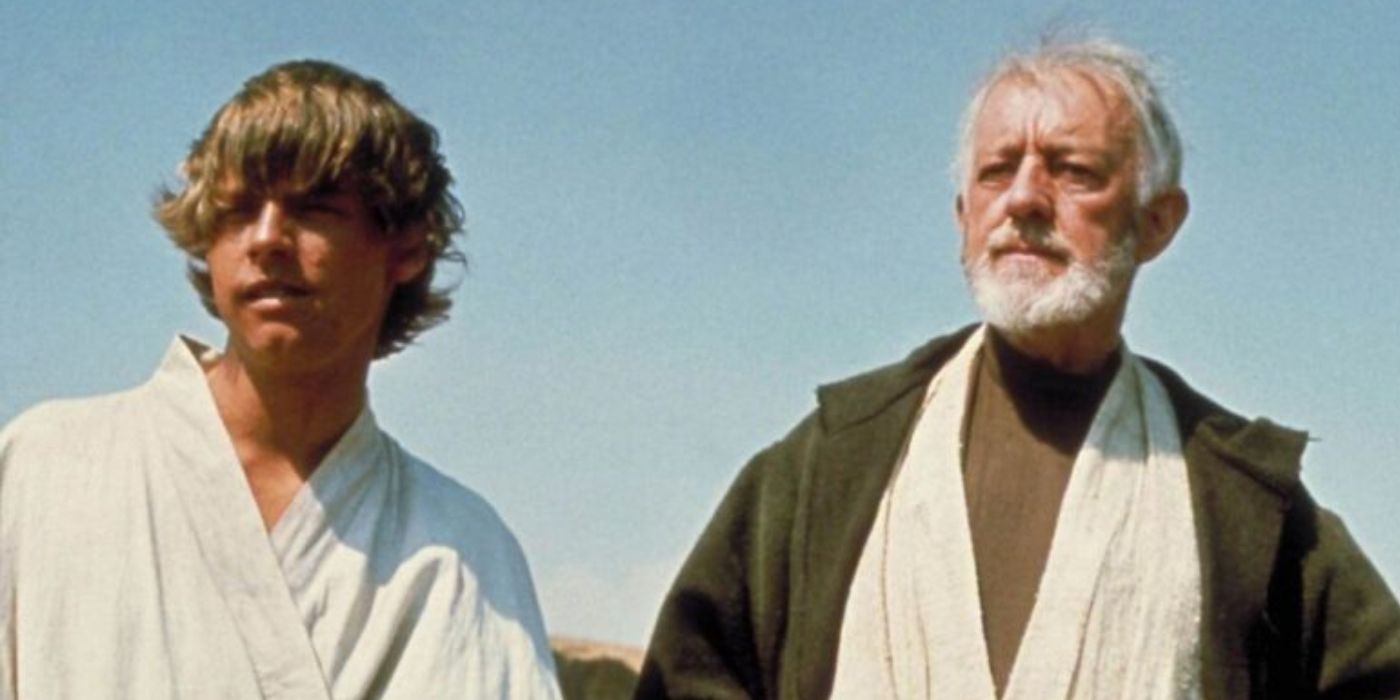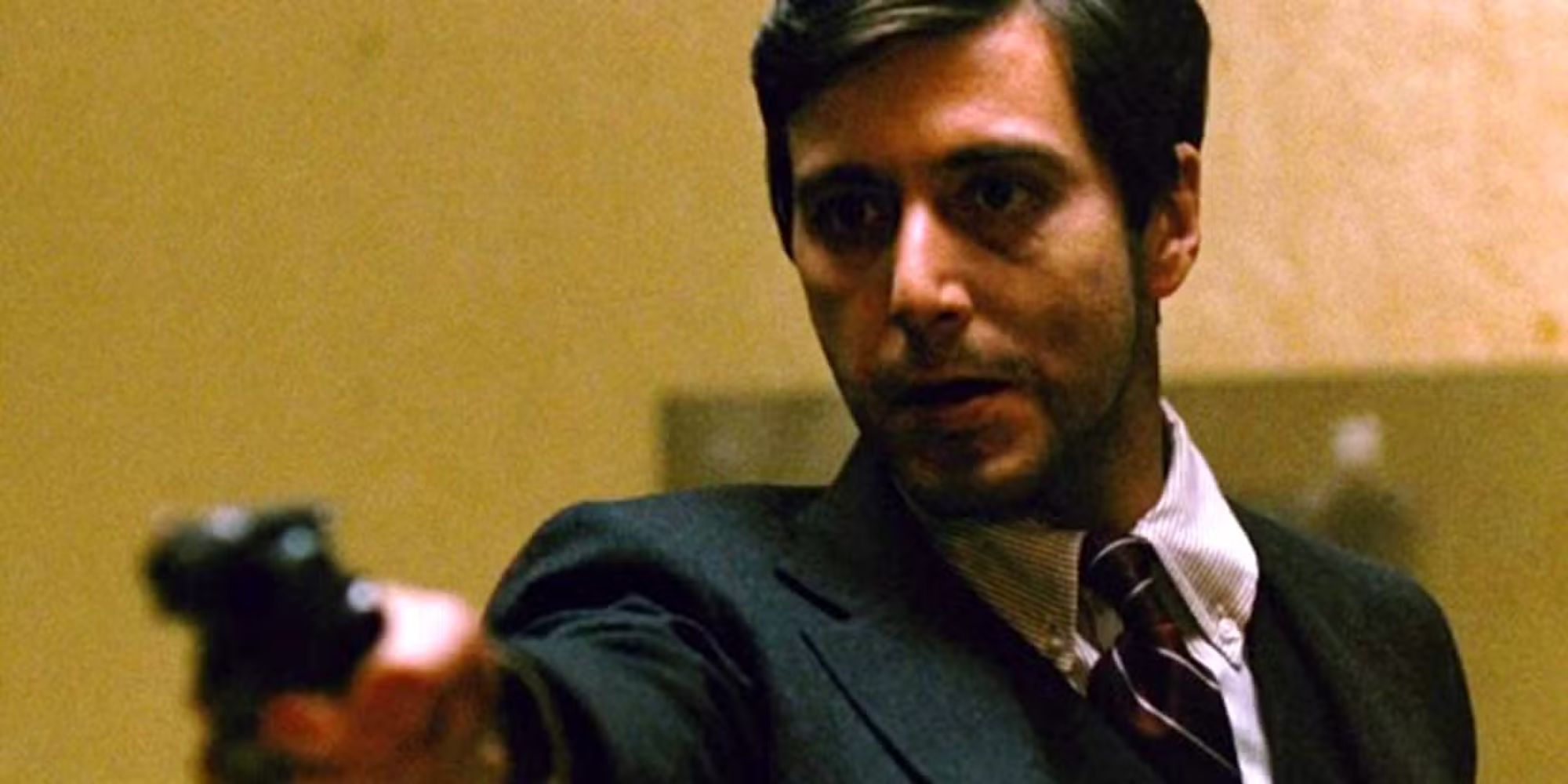New Hollywood was a cinematic revolution, an explosion of vision, complexity, and personal storytelling that shattered the glossy artifice of the studio system. From the late 1960s through the early 1980s, a new generation of directors rewrote the rules, turning auteurs into stars and realism into the new gold standard. These movies challenged institutions, broke taboos, and redefined what mainstream cinema could be.
For this reason, the 1970s, in particular, are often described as the golden age for mature, intelligent filmmaking. Some of these gems were intimate character studies; others were blockbusters born from independent ambition. Each one left a permanent mark on the art form, shaping the way stories are told and sold even today. Ranked not just by quality but by cultural impact, the following ten films represent the core of New Hollywood, a time when everything felt dangerous, visionary, and new.
10
‘The Last Picture Show’ (1971)
Directed by Peter Bogdanovich
“Nothing’s ever the way it’s supposed to be at all.” The Last Picture Show is a snapshot of a fading American small town and the existential drift of a whole generation. This black-and-white gem was a throwback to classic Hollywood and a simpler decade, but its frank sexuality, emotional rawness, and unsparing sense of loss marked it as something entirely new. In a decade filled with revolution, The Last Picture Show stood out by mourning what was already gone.
It depicted adolescence without glamor, and adulthood without escape. In the process, Peter Bogdanovich showed that American cinema could be intimate without being sentimental. The Last Picture Show is deeply nostalgic, not just for the 1950s but for a time when movies themselves meant more to people. On the acting front, Jeff Bridges, Timothy Bottoms, Cybill Shepherd, and Cloris Leachman all give breakout performances. Not for nothing, the movie earned two Oscar nominations for Best Supporting Actress, two for Best Supporting Actor, and one for Best Director.
9
‘Easy Rider’ (1969)
Directed by Dennis Hopper
“We blew it.” With just two bikes, a bag of drugs, and a camera on the road, Easy Rider launched a new era in American filmmaking. Dennis Hopper, with co-star and co-writer Peter Fonda, captured the counterculture’s disillusionment: this movie is the definition of raw, improvised, and unfiltered. Its box office success proved that there was an audience hungry for films about outsiders, rebels, and broken dreams.
The New Hollywood era might not exist without this film’s unexpected cultural detonation. It was anti-establishment not just in theme but in execution, scored with rock music, edited with jump cuts, featuring real drugs, and filmed with a documentary eye. While its narrative is loose, the emotional throughline (freedom crushed by fear) hit hard and connected with people. Ultimately, Easy Rider became a kind of cinematic scream, announcing that the studio system was all but dead and something wilder had taken its place.
8
‘Midnight Cowboy’ (1969)
Directed by John Schlesinger
“I’m walkin’ here!” Midnight Cowboy was the first, and still only, X-rated film to win Best Picture, and its influence can’t be overstated. John Schlesinger‘s seedy portrait of friendship, delusion, and urban despair follows a naïve Texas hustler (Jon Voight) and a dying con man (Dustin Hoffman) as they scrape their way through New York. That might seem like a tame premise in hindsight, but at the time, it was bold. Midnight Cowboy kicked down the door for gritty, character-driven stories that didn’t care about likability or neat resolutions. It was about losers, and it refused to apologize for it.
The film’s fragmented editing, use of flashbacks, and experimental sound design were radical for the time. But more than that, it showed that American movies could be tragic without being melodramatic, dirty without being exploitative, and emotionally blunt without losing artistry. The performances do most of the heavy lifting, and both Hoffman and Voight were nominated for Best Actor.
7
‘Jaws’ (1975)
Directed by Steven Spielberg
“You’re gonna need a bigger boat.” Jaws has long been hailed as the first real summer blockbuster, a movie that blew up the old rules of Hollywood and established new ones in their place. Steven Spielberg, then only 27, turned a troubled production and a rubber shark into a masterclass in suspense, pacing, and populist filmmaking. This lean, mean flick combined auteur style with mass-market appeal, setting a new template for how studios would think about hits. Not to mention, it enabled the illustrious career its creator would go on to have.
Far from empty spectacle, Jaws boasts strong characters, slow-building tension, and a respect for silence and fear. It’s a creature feature that feels like Hemingway crossed with Hitchcock, and its wake was more powerful than any shark attack. After its success, the movie business changed immediately. Suddenly, the experimental ethos of the ’70s was joined by marketing, wide releases, and merchandising. A new era had begun.
6
‘Chinatown’ (1974)
Directed by Roman Polanski
“You may think you know what’s going on, Mr. Gittes, but you don’t.” Bleak, seductive, and serpentine, Chinatown remains one of Hollywood’s grimmest indictments of the American dream. What starts as a simple mystery spirals into moral rot, water wars, incest, and betrayal. Jack Nicholson‘s Jake Gittes thinks he’s solving a case; instead, he uncovers a system designed to destroy anything pure. It’s to the actor’s credit that he not only pulls off this challenging character but also knocks the performance out of the park.
In many ways, it is the apotheosis of noir. Stylistically classical but thematically radical, Chinatown spoke to the cynicism of a post-Watergate, post-Vietnam America. As a result, it influenced every conspiracy thriller and detective film that followed, not just with its plot, but with its mood: fatalistic, stylish, and unrelentingly dark. It didn’t just bend genre; it poisoned it, beautifully. The famous final line—”Forget it, Jake. It’s Chinatown.”—became a thesis statement for an entire generation of disillusioned cinema.
5
‘Bonnie and Clyde’ (1967)
Directed by Arthur Penn
“We rob banks.” Like Jaws, Bonnie and Clyde was another cinematic rule-breaker, taking the existing conventions and blowing them apart in a hail of bullets and slow-motion blood. Arthur Penn, with stars Warren Beatty and Faye Dunaway, turned the true story of Depression-era criminals into a sexy, violent, and radically modern tragedy. It was edgy stuff for 1967, shocking audiences with its graphic finale and even more with its romanticization of outlaws.
One could argue that this was the beginning of New Hollywood, the moment when the old guard realized they’d lost the culture. Blending French New Wave aesthetics with American iconography, the film made violence look poetic, youth look dangerous, and rebellion look beautiful. The Hays Code was dead, and Bonnie and Clyde helped kill it. The doors the film opened would soon let in everything from Taxi Driver to Badlands to Scarface. Without it, the ’70s wouldn’t have happened the way they did.
4
‘Taxi Driver’ (1976)
Directed by Martin Scorsese
“You talkin’ to me?” Speaking of Taxi Driver, Martin Scorsese‘s hard-edged crime film divided the decade into “before” and “after.” Marty, in collaboration with screenwriter Paul Schrader, created an urban hellscape that doubled as a character study and a warning. Travis Bickle (Robert De Niro) isn’t just lonely — he’s unhinged, and America made him. Like Chinatown, Taxi Driver captured a kind of post-Vietnam, post-Watergate malaise that still haunts cinema. It helps that Scorsese had a once-in-a-generation talent in De Niro.
It’s violent, yes, but the real violence is spiritual: The isolation, the moral emptiness, the fantasy of salvation through blood. Taxi Driver became a touchstone for how deeply psychological, socially corrosive, and dangerous character work could be. It influenced countless anti-heroes and vigilantes, from Fight Club to Joker, but almost none have matched its raw intensity or relevance. As the line between sanity and sickness blurs, you realize that it’s not just Travis who’s staring into the abyss; it’s all of us.
3
‘One Flew Over the Cuckoo’s Nest’ (1975)
Directed by Miloš Forman
“Which one of you nuts has got any guts?” Some movies from the ’70s kind of feel like rule-breaking for rule-breaking’s sake, but One Flew Over the Cuckoo’s Nest channeled the spirit of rebellion into something deeply human. The great Miloš Forman directs this adaptation of Ken Kesey‘s novel with fire and empathy, casting Jack Nicholson as R.P. McMurphy, the ultimate symbol of anti-authoritarian resistance. Opposite him stands Nurse Ratched (Louise Fletcher), cold, controlling, and institutionally unmovable.
The film spoke to the decade’s rage against conformity, control, and the quiet violence of systems. It won the “Big Five” Oscars (Picture, Director, Actor, Actress, and Screenplay) and became a pop culture landmark. But its true legacy lies in how it made madness feel like freedom, and obedience feel like death. In a time when Americans were questioning every structure of power, Cuckoo’s Nest turned that tension into something tender, anarchic, and unforgettable. It’s defiance with an emotional core.
2
‘Star Wars’ (1977)
Directed by George Lucas
“The Force will be with you. Always.” One could make the case that no film changed the course of Hollywood more radically than Star Wars. This scrappy space opera surprised pretty much everyone, going on to become the most influential pop culture phenomenon of all time. We still haven’t escaped its gravitational pull. But it wasn’t just the special effects, the score, or the mythology. Rather, it was the fusion of New Hollywood experimentation with old Hollywood spectacle. George Lucas took the ethos of independent filmmaking and used it to build an empire.
He borrowed from Kurosawa, Flash Gordon, and Joseph Campbell to create something familiar yet new. The result was a mythic blueprint that studios would spend decades copying. Star Wars absorbed the tenets of New Hollywood and expanded them, in the process changing what “big” could mean in filmmaking. It turned directors into brands, movies into franchises, and nostalgia into currency. Marvel, Transformers, Harry Potter: every world-conquering cinematic universe began here.
1
‘The Godfather’ (1972)
Directed by Francis Ford Coppola
“I’m gonna make him an offer he can’t refuse.” In many ways, The Godfather is the cornerstone of modern American cinema. Against all odds, Francis Ford Coppola, backed reluctantly by Paramount, turned Mario Puzo‘s pulpy crime novel into an operatic epic about family, power, and the American dream curdled into corruption. With a towering cast, innovative sound techniques, a baroque sense of tragedy, and a well-placed horse’s head, it redefined what Hollywood films could be.
More than any other New Hollywood film, The Godfather proved that commercial success and artistic brilliance didn’t have to be opposites. This approach left a legacy that still animates the industry today. The film’s influence is everywhere: in its structure, cinematography, music, and morality. It’s the reason crime dramas look the way they do. It’s why mob bosses became Shakespearean figures instead of just villains. Without it, there’s no GoodFellas, no Sopranos, no nothing.

